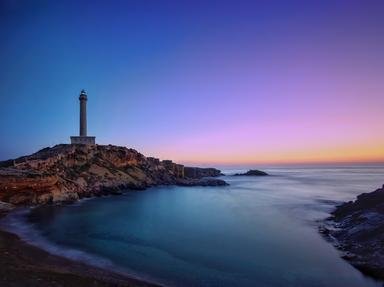
Sink or Swim or Scrap? Trivia Quiz
The Fates of Famous Ships
The ill-fated RMS Titanic is one of the most famous ships of all time, but this quiz is about the fate of more successful passenger liners. All the ships featured in it held the Blue Riband speed record at some point during the 19th or 20th centuries.
A classification quiz
by Fifiona81.
Estimated time: 3 mins.
- Home
- »
- Quizzes
- »
- World Trivia
- »
- Transport
- »
- Maritime